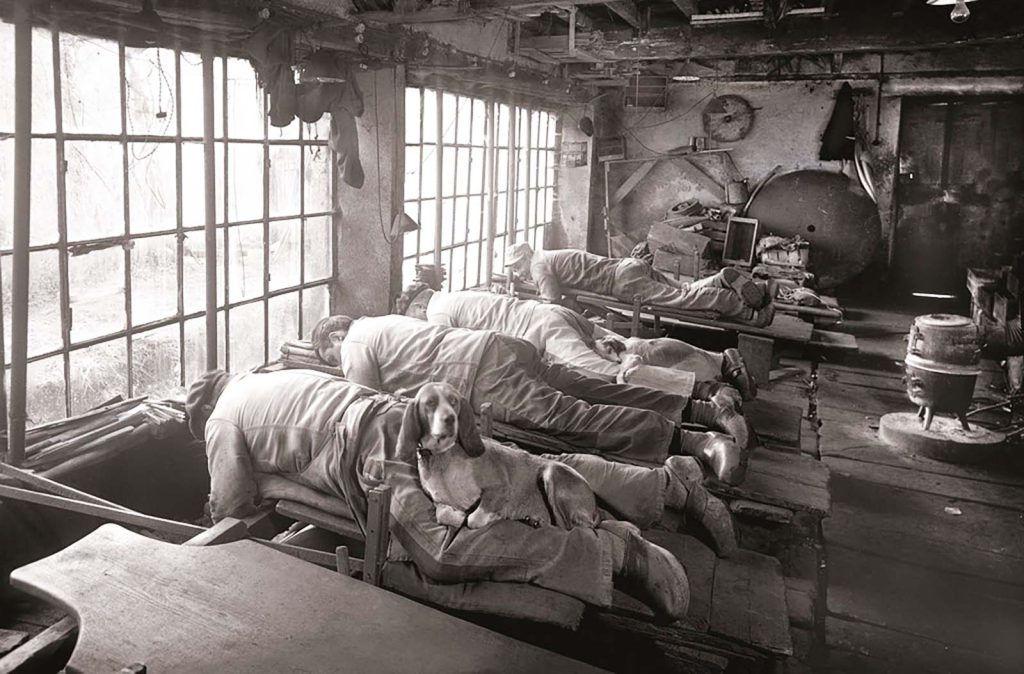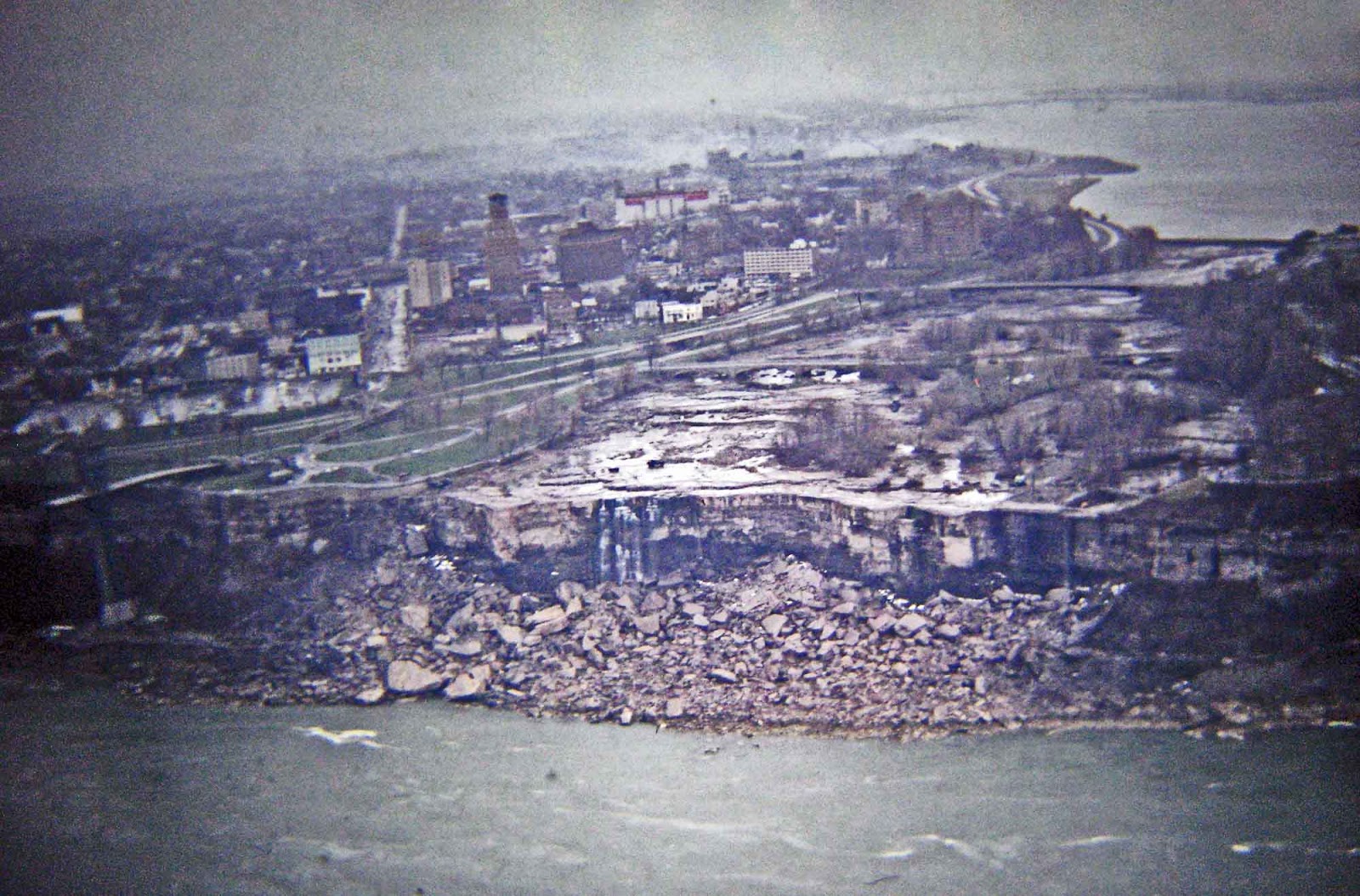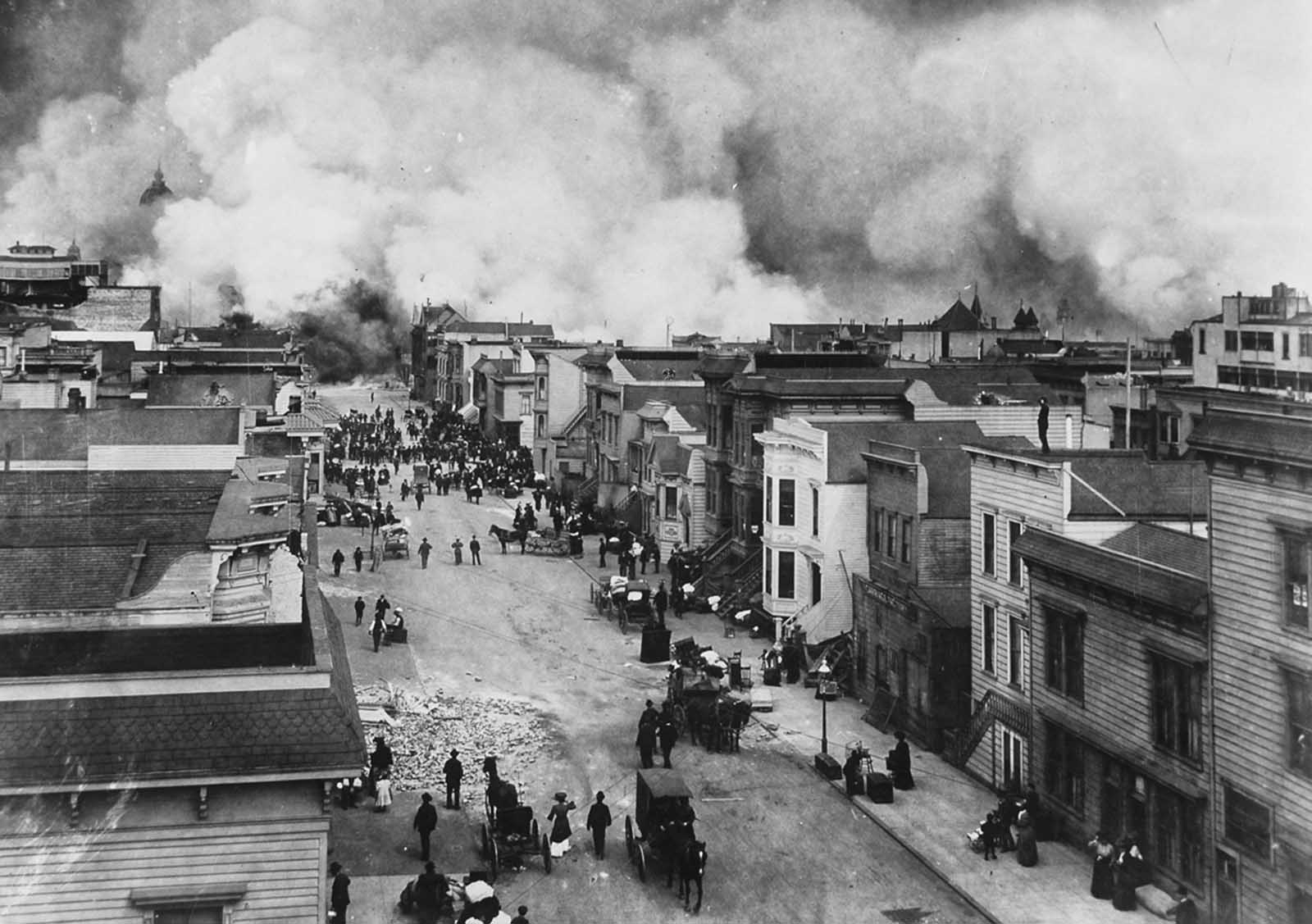In the town of Thiers—famed as the heart of French cutlery production—knife grinders developed a peculiar and practical technique to endure the physical toll of their work: they lay on their stomachs, chests down, as they worked the grindstone.
This unusual posture allowed them to preserve their backs, sparing themselves from the hunched, painful stance that often plagued other trades.
Often, a loyal dog would sit on the grinder’s legs, providing warmth during cold days and adding a small comfort to an otherwise taxing routine. Through these old rare photos, we gain insight into the lives of these skilled craftsmen.

The city’s defining asset was the Durolle, a fast-flowing river whose energy powered the cutlery workshops.
The town’s rugged landscape also contributed; inhabitants, accustomed to working on the rocky, steep terrain, labored in the fields in summer and crafted blades in winter, with a determination that propelled the industry forward.
During this time, knife production in Thiers shifted toward a division of labor, with specialists focusing on different stages of the process, from blade shaping to final assembly—a marked change from when a single cutler would handle the entire process.

The noise was deafening, and the danger constant; a ruptured grinding wheel could throw a worker against the ceiling, often fatally.
Other stages of knife production were equally taxing, as hammering presses posed high risks, and forge temperatures regularly soared to 120°F. Nonetheless, Thiers’ specialization and efficiency attracted orders from across France.

These knives, once known as “Laguiole style,” became known simply as Laguiole when all production moved to Thiers.
This pattern was repeated for numerous French knife styles, which were often named after the cities or regions that initially developed them—Yssingeaux, Issoire, Alpin, Montpellier, and Rouennais, to name a few.

Today, the once-water-powered industry is driven by electricity, yet Thiers and its surrounding areas still manufacture 70% to 80% of France’s blades.
With a dedicated museum and the annual “Coutellia” international blade show, Thiers rightfully retains its title as the capital of French knife making.










(Photo credit: Knives of France via Flickr / Upscaled by RHP).


